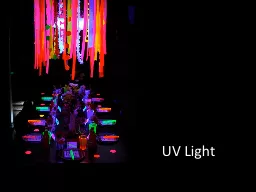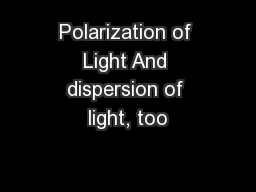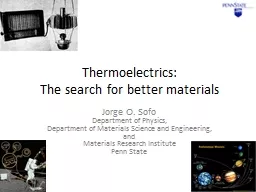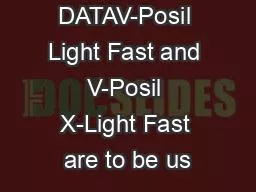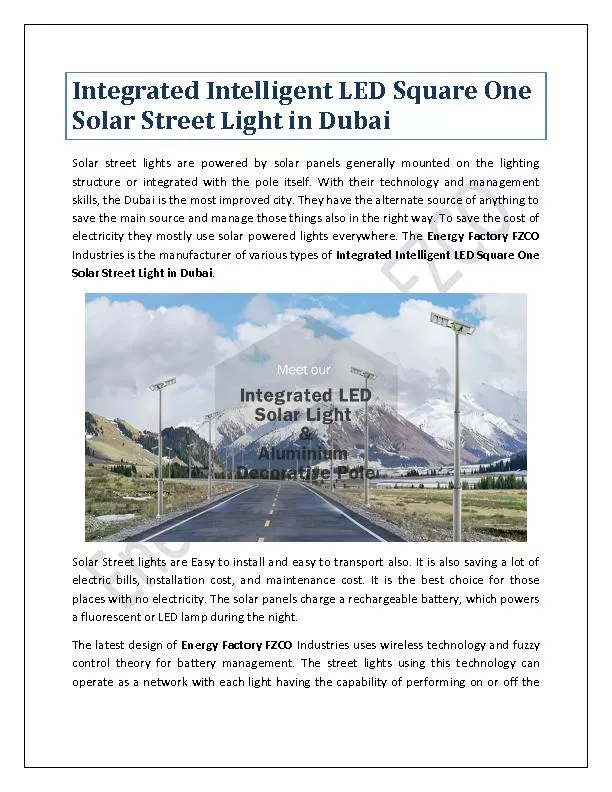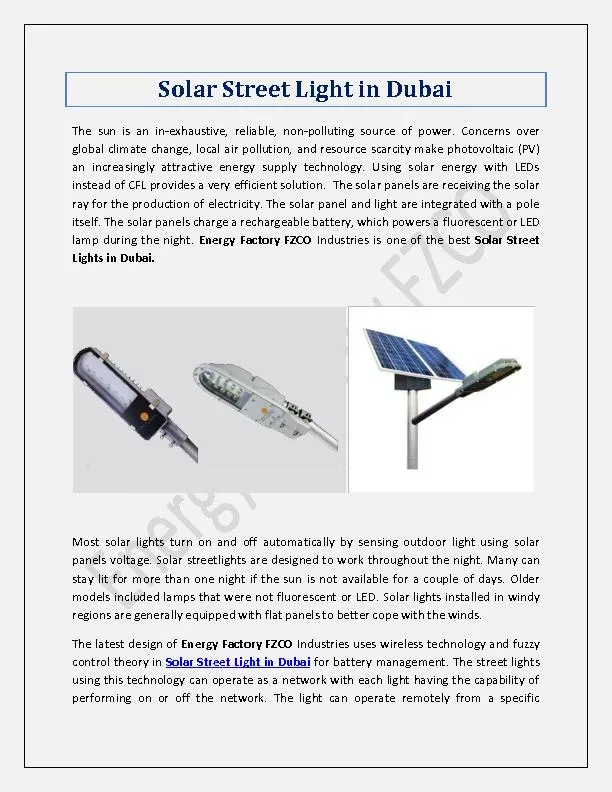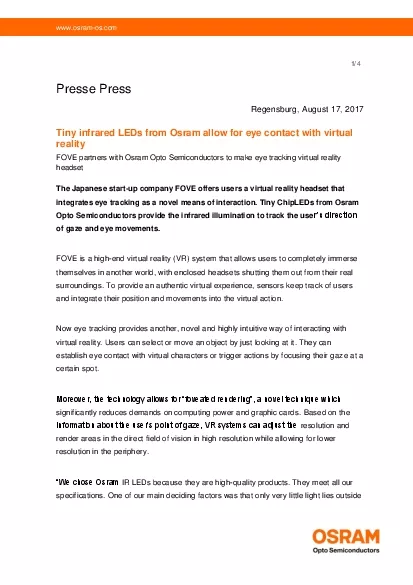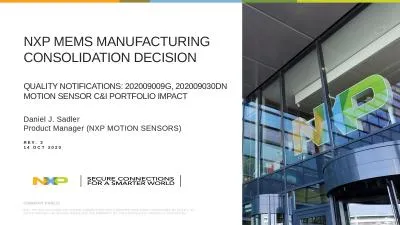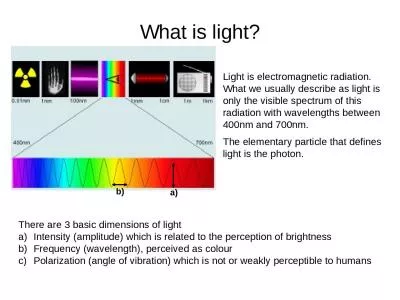PPT-Semiconductors and Light
Author : jane-oiler | Published Date : 2018-02-25
A nonstandard way to deal with it Assumes confidence with Basic S olid S tate Physics Crystals Electrons Holes directindirect Band Gap Their foundation
Presentation Embed Code
Download Presentation
Download Presentation The PPT/PDF document "Semiconductors and Light" is the property of its rightful owner. Permission is granted to download and print the materials on this website for personal, non-commercial use only, and to display it on your personal computer provided you do not modify the materials and that you retain all copyright notices contained in the materials. By downloading content from our website, you accept the terms of this agreement.
Semiconductors and Light: Transcript
Download Rules Of Document
"Semiconductors and Light"The content belongs to its owner. You may download and print it for personal use, without modification, and keep all copyright notices. By downloading, you agree to these terms.
Related Documents

